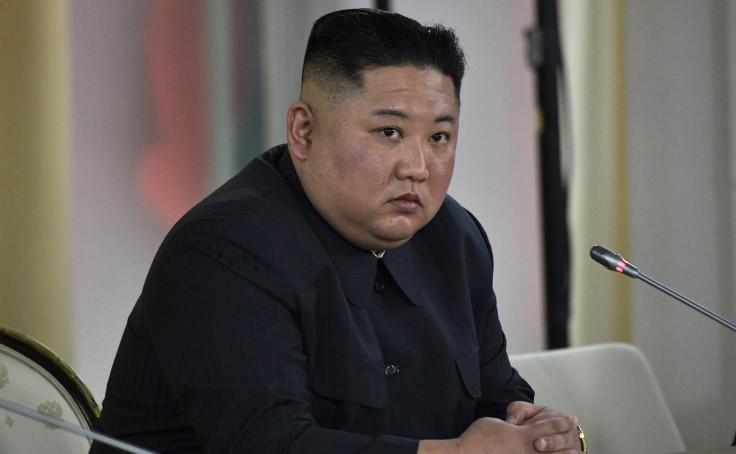Kim Jong Un Turns North Korea Ship Launch Failure Into a Loyalty Test
The North Korean leader denounced the warship mishap as a 'criminal act'

When a North Korean warship capsized during its launch on 21 May 2025, the world saw a military error. But inside the country, it became a tool for control. Supreme Leader Kim Jong Un used the incident to test loyalty, punish officials, and reinforce his regime's power.
The 5,000-ton destroyer, one of the largest naval vessels in the country, tipped over shortly after entering the water. There were no casualties, and the damage was minor.
But Kim described the failure as a 'criminal act' and said it had harmed the country's dignity, BBC News reported.
He ordered the arrest of four senior officials involved in the launch.
Analysts say this was not just about holding people accountable. It was a deliberate show of authority intended to instil fear and ensure absolute obedience within the regime.
Maintaining Control Through Symbolism
The incident may have been minor in scale, but North Korea treated it as a national humiliation. In a country where symbolism matters as much as strategy, the failed launch was turned into a moment of crisis.
North Korea's navy remains significantly weaker than those of the United States, Japan and South Korea. The failed destroyer was meant to be a sign of progress in modernising the fleet and building a nuclear-capable navy.
'Kim Jong Un believes nuclear weapons are the only way he can protect his country,' said Choi Il, a retired South Korean navy captain. 'But all he has at sea is an old submarine and a few small ships.'
The destroyer is one of two new models developed in the past year and is reportedly capable of launching short-range nuclear missiles.
A Strategic Narrative Shift
Following the accident, Kim did more than punish officials. He praised a worker who died during the ship's construction, describing him as someone who had 'put his blood and sweat' into the project.
North Korea expert Professor Kim Dong-yup said the move reflects a shift in how the regime shapes its messaging.
'They turned his death into a symbol of devotion, to strengthen people's loyalty,' he explained. 'It shows how Kim Jong Un is adapting his image and directing attention to the sacrifices of ordinary citizens.'
Rather than spotlighting himself or the military elite, Kim used the fallen worker to stir national pride and reinforce ideological commitment.
Quick Relaunch Raises Questions
Less than a month later, the destroyer was relaunched at Rajin Port. Kim and his daughter, Kim Ju Ae, attended the ceremony. State media praised the quick recovery as a triumph of resilience and strength.
'Soon, enemies will see how unpleasant it is to watch our ships near their waters,' Kim declared at a rally, saying that the incident had not slowed their military modernisation.
However, defence experts question whether the repairs were thorough or rushed for propaganda. The warship's readiness remains uncertain, but the political message is clear.
In North Korea, even failure becomes a tool for control.
© Copyright IBTimes 2025. All rights reserved.





















